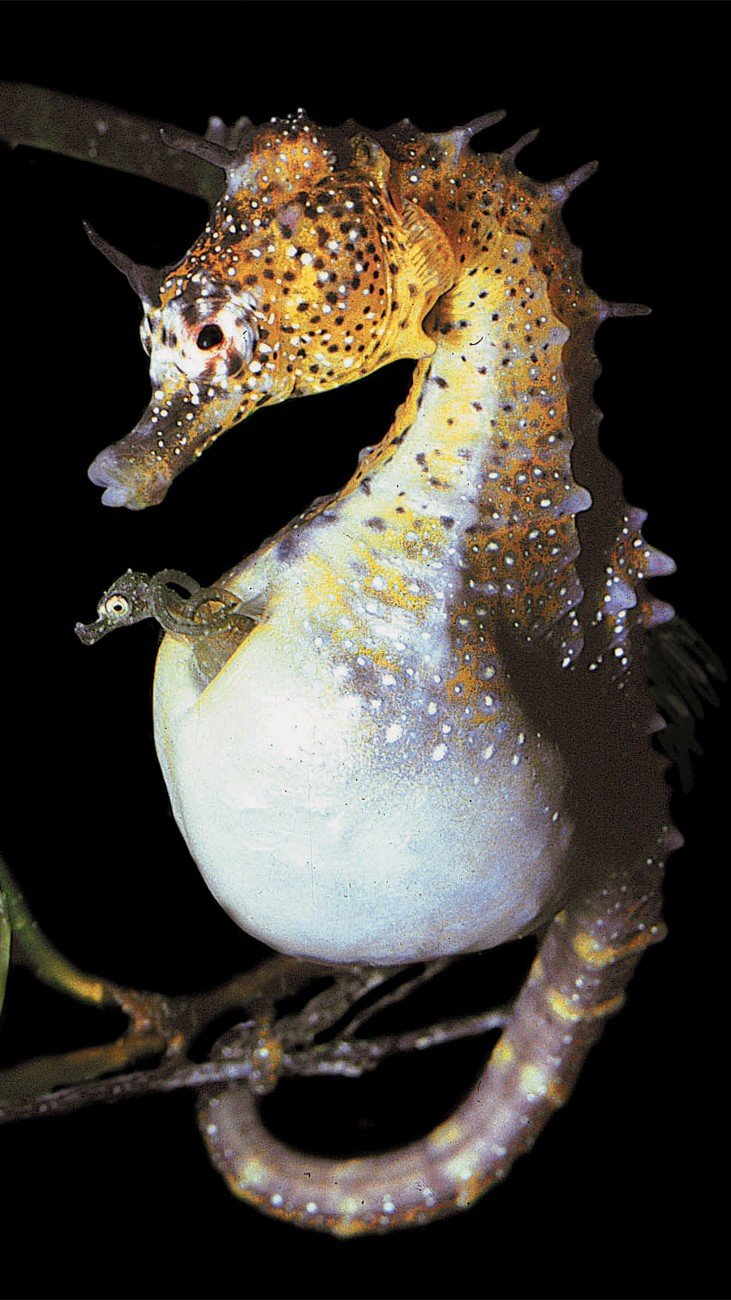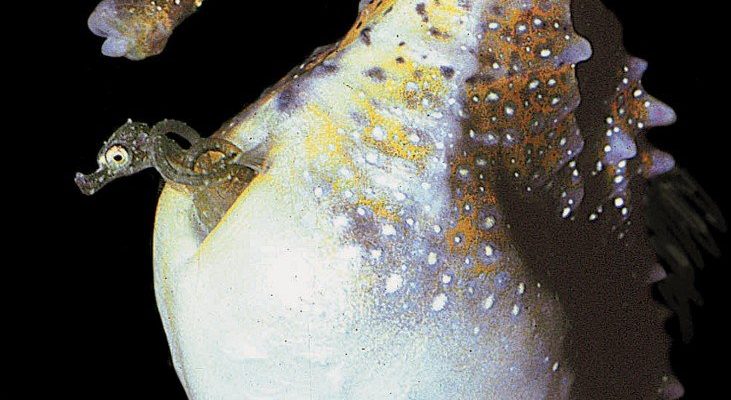
Let’s dive into the world of seahorses and explore why they’re in danger, what’s being done about it, and what we can all do to help. You might be wondering how a tiny fish can create such a big impact on the ocean ecosystem or how their decline might affect the environment at large. So, grab your coffee, and let’s unravel the story of the seahorse together.
Understanding Seahorse Populations
Seahorses belong to the family Syngnathidae, which includes pipefish and seadragons. These fascinating fish are unique not just for their appearance but also for their breeding habits. In fact, it’s the males that carry the young in a pouch, much like a kangaroo. This makes them quite distinct in the animal kingdom!
Seahorses primarily inhabit shallow coastal waters, including seagrass beds, coral reefs, and mangroves. Sadly, they’re experiencing a decline in population due to various factors. Overfishing, habitat loss, and climate change all play roles in their downfall. Imagine a slow dance interrupted by loud music; that’s what’s happening to their aquatic home.
Why Are Seahorses Endangered?
So, what’s causing the plight of these enchanting fish? Let’s break it down:
- Overfishing: Seahorses are often caught for traditional medicine in some cultures, as well as for the aquarium trade. As demand rises, so does the risk of extinction.
- Habitat Loss: Coastal development and pollution can damage seagrass beds and coral reefs, which are crucial for seahorse survival.
- Climate Change: Rising ocean temperatures and acidification threaten the delicate balance of marine ecosystems. Think of it like a house of cards that can easily collapse under pressure.
Each of these factors contributes to the overall decline of seahorse populations worldwide. As their numbers dwindle, the health of the broader marine ecosystem can suffer too. It’s a ripple effect that affects not just seahorses but countless other species relying on those same habitats.
Current Conservation Efforts
Various organizations and governments are stepping up to protect these fascinating creatures. Here are some of the current conservation efforts:
- Breeding Programs: Some aquariums and marine research organizations have initiated seahorse breeding programs. These programs aim to breed seahorses in captivity before releasing them into the wild.
- Habitat Restoration: Many groups are working on restoring damaged habitats, such as seagrass beds and coral reefs. By nurturing these environments back to health, they create safe havens for seahorses to thrive.
- Regulations and Awareness: Laws are being implemented to limit the fishing of seahorses and raise awareness about their plight. Education campaigns help people understand why protecting seahorses matters.
These efforts are not just about saving a species; they’re about preserving the entire marine ecosystem. Just like taking care of your garden helps all the plants grow, nurturing seahorse populations can benefit many other marine life forms.
International Efforts and Policy Changes
On the global stage, there’s a significant focus on protecting seahorses. Over 40 species of seahorses are protected under CITES (the Convention on International Trade in Endangered Species). This agreement helps regulate the international trade of endangered species, ensuring that seahorses can be harvested sustainably.
Additionally, several countries have established national laws that protect seahorse habitats. For example, in the United States, specific seahorse species are listed as threatened under the Endangered Species Act. These policies aim to reduce fishing pressures and promote conservation initiatives.
Moving forward, continued collaboration between governments, non-profits, and local communities is vital to enforce and enhance these policies. It’s like a team effort—everyone has a role to play in the quest for seahorse conservation.
How You Can Help Seahorses
You might be wondering what you can do to support seahorses. Well, it turns out, there’s quite a bit! Here are some ways to lend a hand:
- Support Sustainable Seafood: Choose seafood that’s caught or farmed sustainably. This helps reduce overfishing and protects the ocean environment.
- Educate Others: Share what you learn about seahorses and their plight. The more people know, the more action can be taken.
- Participate in Clean-ups: Join local beach or river clean-up events. This helps keep their natural habitats free of pollution and debris.
Taking even small actions can create significant change. When many people join together, it can make a lasting impact on seahorse conservation.
The Future of Sea Horses
Looking ahead, the future of seahorses hangs in the balance. Although there’s progress being made, challenges still lie ahead. With rising ocean temperatures and continued habitat loss, it’s crucial to remain vigilant in conservation efforts.
However, there’s hope! Awareness is growing, and more people are getting involved in marine conservation. Just like the tides of the ocean, change is possible. By continuing to protect their habitats and reduce threats, we can help ensure that seahorses continue to dance gracefully through our oceans for generations to come.
In summary, seahorses may be facing challenges, but with teamwork and dedication, we have the power to change their fate. So let’s be their advocates and make a difference together. They deserve a fighting chance just as much as any other creature in the vast ocean.

